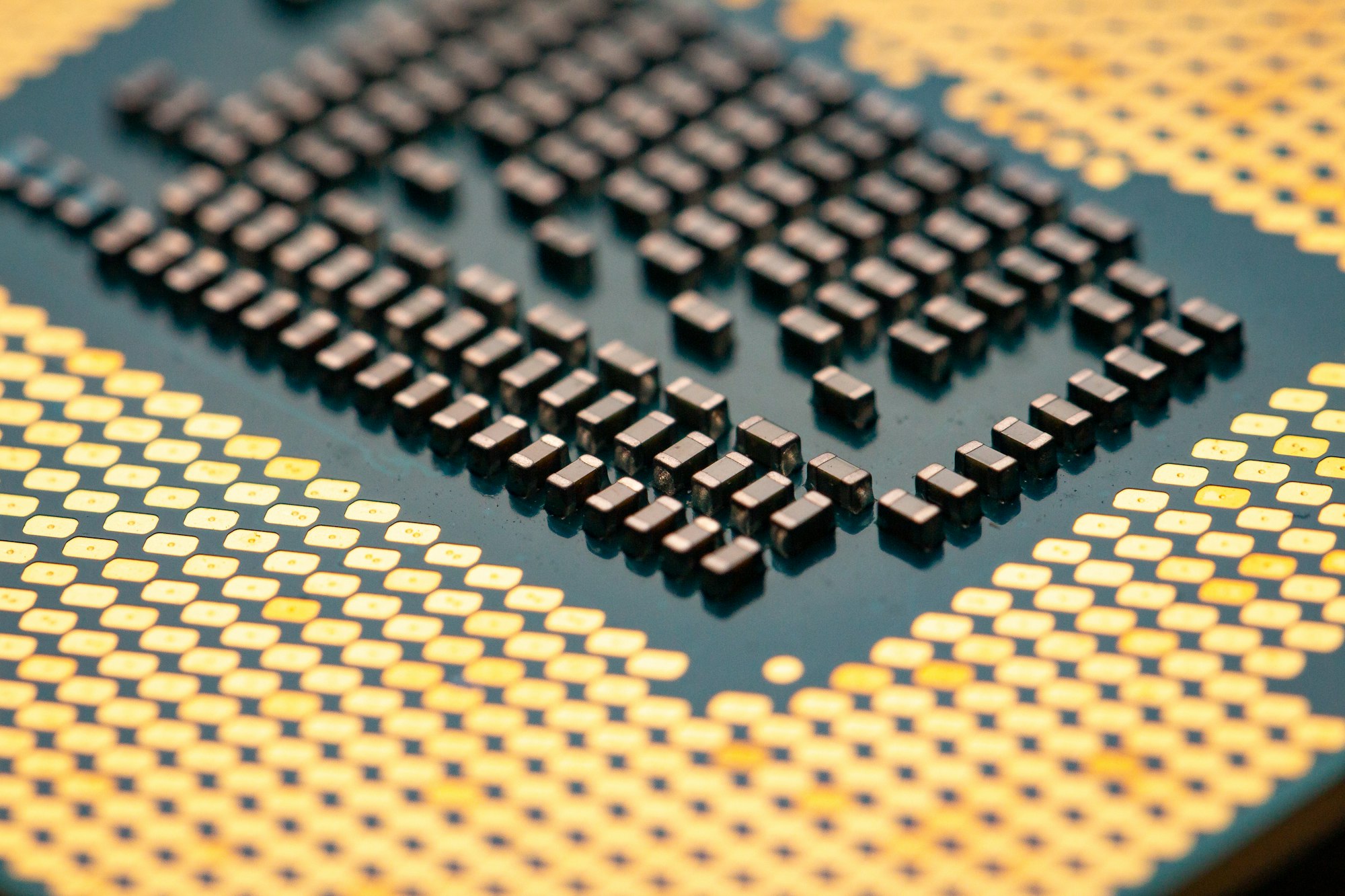In the world of computer science, the von-Neumann architecture has been the predominant paradigm for designing computer systems since its inception in the late 1940s. However, with the rapid advances in technology and the limitations of the von Neumann architecture becoming more apparent, researchers have been exploring alternative approaches. This has led to the development of non von-Neumann architectures that promise to revolutionize the way we design and build computer systems.
The von Neumann architecture is a model that describes a computer system in terms of its four main components: the arithmetic and logic unit (ALU), the control unit, the memory, and the input/output (I/O) devices. In this model, instructions and data are stored in the same memory, and the processor fetches the instructions one at a time and executes them in a sequential manner. This design has proven to be very successful, but it has some limitations that make it unsuitable for certain types of applications.
One of the key limitations of the von Neumann architecture is the von Neumann bottleneck, which occurs when the processor has to wait for data to be fetched from memory before it can execute an instruction. This bottleneck can limit the performance of the system, particularly in applications that require a lot of data processing. non von-Neumann architectures aim to overcome this limitation by separating the memory and the processing units, allowing for more efficient data processing.
There are several types of non von-Neumann architectures that are currently being explored, including neural networks, cellular automata, and quantum computing. Neural networks are a type of machine learning algorithm that is inspired by the structure and function of the human brain. They consist of interconnected nodes that process information in parallel, allowing for faster and more efficient processing of data.
Cellular automata are a type of computational model that consists of a grid of cells that can be in one of several states. The cells interact with their neighbours according to a set of rules, and the state of the system evolves over time. Cellular automata can be used to model a wide range of physical and biological systems, and they have been used in applications such as the simulation of fluid dynamics, traffic flow, and social dynamics.
Quantum computing is a relatively new field that is based on the principles of quantum mechanics. In a quantum computer, the basic unit of information is a qubit, which can exist in a superposition of states. This allows for parallel processing of data and can lead to significant speedups over classical computing for certain types of problems.
Non von-Neumann architectures offer a promising alternative to the von Neumann architecture, particularly in applications that require large amounts of data processing. While these architectures are still in the early stages of development, they have the potential to revolutionize the way we design and build computer systems. As technology continues to advance, we can expect to see more innovations in this field that will push the boundaries of what is possible with computing.
We research, curate and publish daily updates from the field of AI.
We have just launched Productive AI, a set of tools to let you build AI apps yourself.









